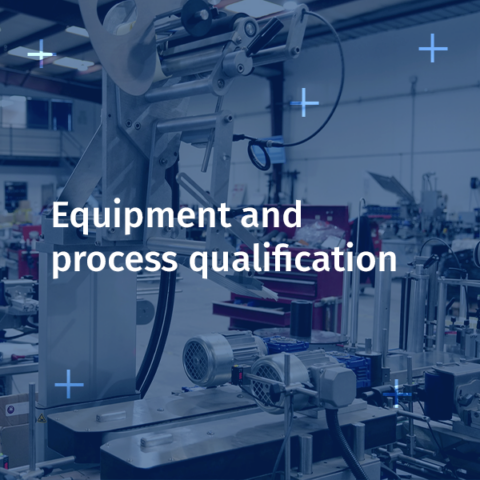The quality and compliance of our packaging machines (filling machines, capping machines, and labellers) are paramount in ensuring optimal performance for our customers. With this in mind, we follow qualification procedures to ensure that each installation, operation, and performance meets the required standards and expectations. These qualifications are divided into three main categories: IQ (Installation Qualification), OQ (Operational Qualification), and PQ (Performance Qualification).
1. IQ: Installation Qualification
At CDA, Installation Qualification (IQ) is the first step in the validation process for a filling machine, capping machine, labeler, or monoblock. It involves checking that the machine has been installed according to the specified requirements and safety standards. The goal of IQ is to ensure that all systems are correctly installed and that the installation conditions are suitable for the machine to operate efficiently.
IQ Objectives:
- Verification of installation compliance: Validation of alignment, assembly, and electrical, pneumatic, and mechanical connections.
- Environmental condition control: The machine must be installed in an environment suitable for its optimal performance, considering factors like temperature, humidity, ventilation, etc.
- Validation of equipment integrity: Ensuring that the machine is in good working condition before starting operational tests.
Thus, IQ is a critical step to ensure the machine is properly prepared and that the physical installation meets customer expectations.
Example with the VS2000 Capping Machine:
When installing the VS2000 capping machine, we check the alignment of the components, the strength of pneumatic and electrical connections, and the installation environment’s compliance. We ensure that the machine is operating in an environment where temperature, humidity, and ventilation are optimal for maximum efficiency.
2. OQ: Operational Qualification
Once the installation is validated through IQ, the Operational Qualification (OQ) comes into play. OQ ensures that the machine operates correctly under real-world conditions. This stage focuses on testing basic functionalities, start-up and shutdown procedures, as well as assessing the system’s responsiveness to commands.
OQ Objectives:
- Operability verification: Testing all machine functions to ensure it responds as expected during start-ups, shutdowns, and other standard operations.
- Safety and alarm system checks: Safety devices must be verified to ensure they work reliably, ensuring operator safety and equipment protection.
- Validation of performance under real conditions: The machine is tested under load and conditions similar to those encountered in production to ensure it operates correctly.
OQ is therefore essential to validate that the equipment meets operator expectations and can be safely used in production.
Example with the E-Fill Monoblock:
For the E-Fill Monoblock, we perform operability tests to ensure that the filling and capping systems function without issues at full capacity. For instance, we test the machine’s response when starting and stopping the filling and capping processes to ensure everything works correctly under real production conditions.
3. PQ: Performance Qualification
Performance Qualification (PQ) is the final step in the installation qualification process. Once the equipment has been installed and validated operationally, PQ evaluates whether the machine meets long-term performance expectations. This includes extensive testing to measure productivity, efficiency, energy consumption, precision, and other specific criteria based on customer requirements.
PQ Objectives:
- Performance measurement: Tests to ensure the machine meets the agreed-upon performance specifications, whether it be speed, capacity, energy consumption, or other technical criteria.
- Stability assessment: Ensuring the machine operates reliably and stably over long periods without failure.
- Optimisation of settings: PQ tests different settings and adjustments to maximize equipment efficiency under real production conditions.
PQ ensures that the machine performs at the expected level and can sustain continuous, trouble-free production over time.
A comprehensive process to ensure quality and reliability
The steps of IQ, OQ, and PQ form a comprehensive validation process for our machines and equipment. Through these three qualifications, CDA ensures that each installation is not only in compliance with initial specifications but also operates efficiently, safely, and stably throughout its lifecycle.
Following these steps guarantees optimal performance, prevents the risk of malfunctions, and ensures customer satisfaction by providing high-quality, reliable equipment tailored to their specific needs.








